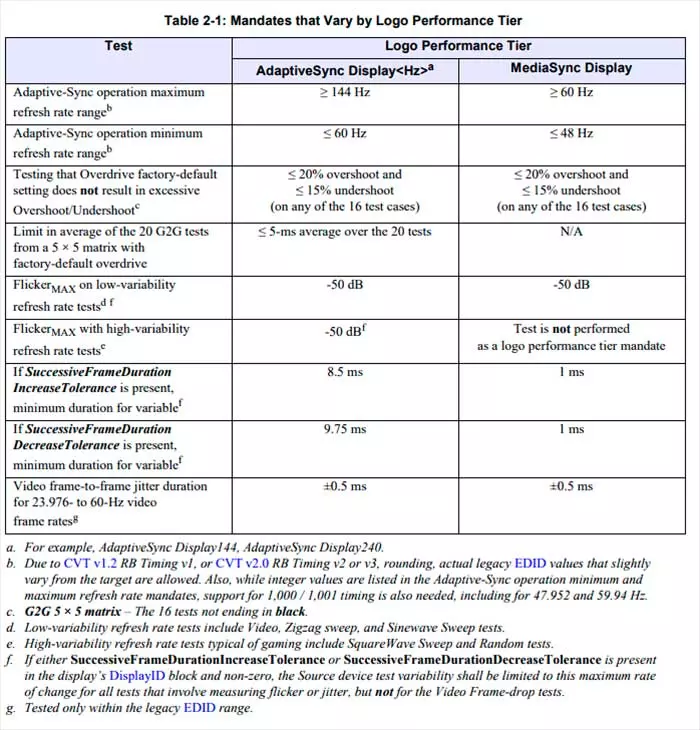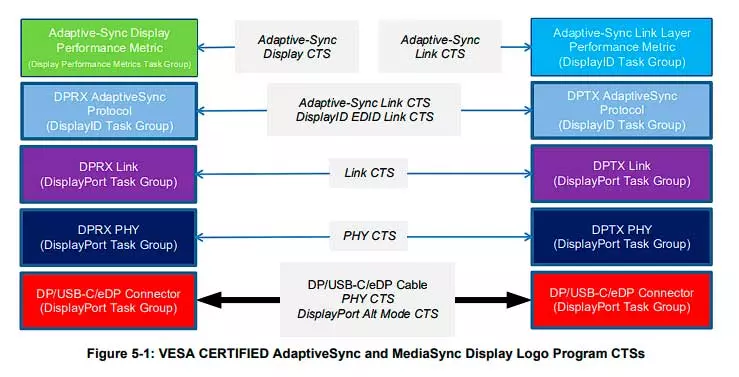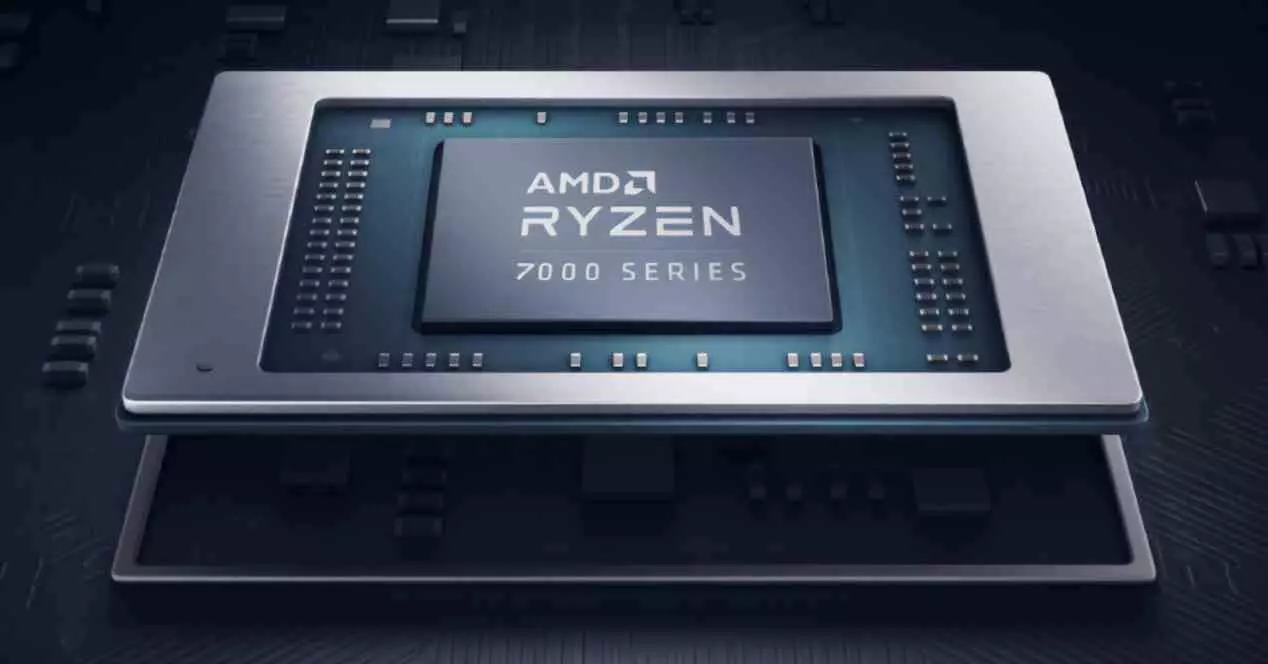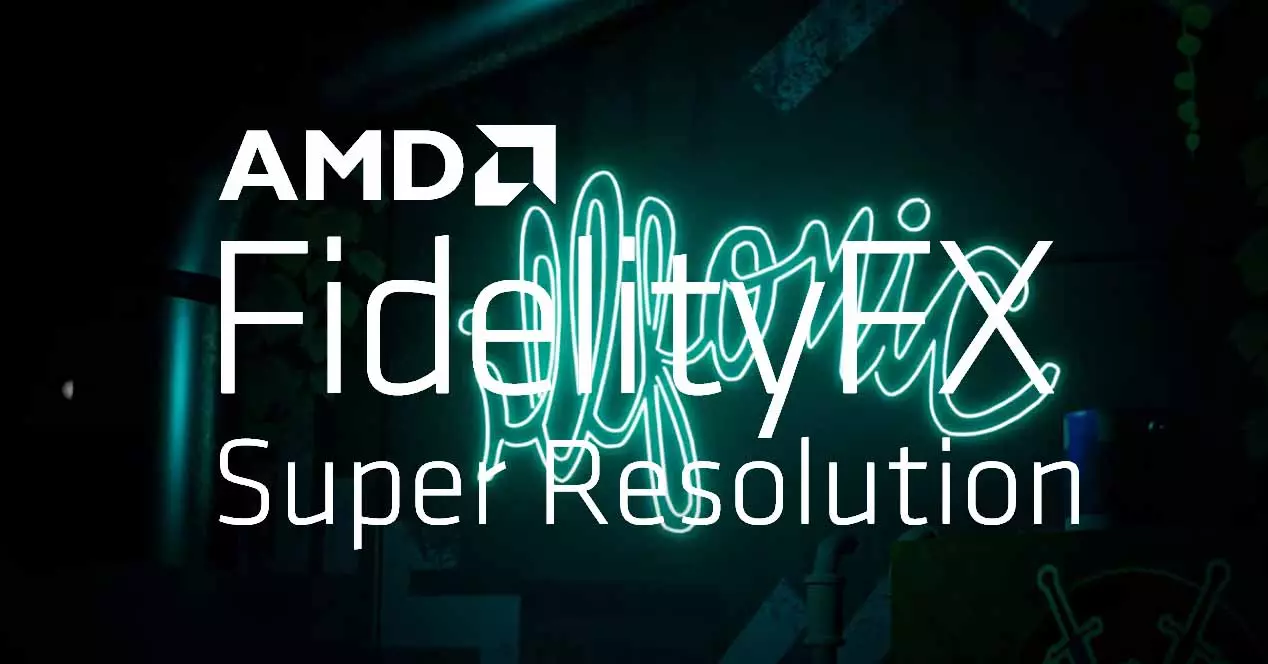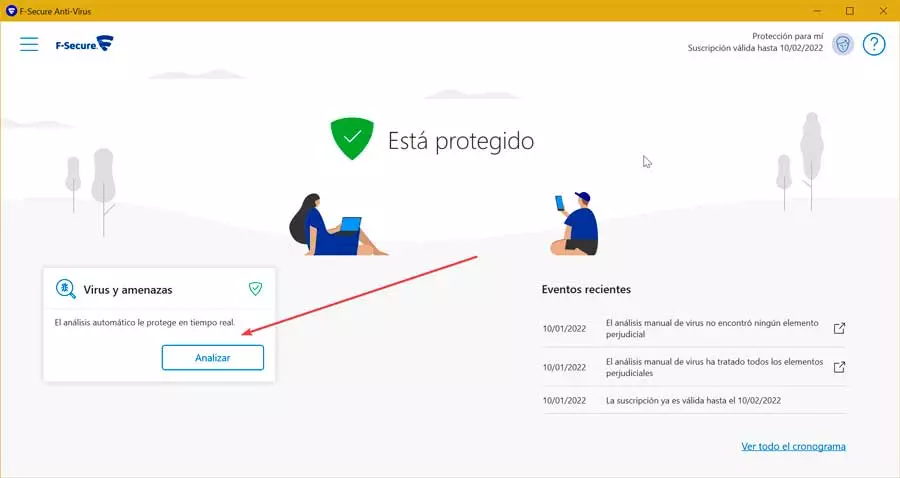
For many years, NVIDIA and AMD have reigned in the world of gaming monitors and adaptive synchronization without anyone coughing on them with the argument of a technology that, at least in part, is owned by a third party that regulates the sector: VESA. And it is that the regulator has just presented two standards that rival those of NVIDIA and AMD in this aspect and even partially exceed them: AdaptiveSync Display and MediaSync Display.
Two new standards that are focused on different markets and where neither of the two companies mentioned has a presence in one of them. In the first, there is competition in this regard: G-SYNC Compatible and FreeSync in their different versions, where G-SYNC and G-SYNC Ultimate should be left out to a certain extent as they are hardware-based standards. What does VESA contribute with these two new ones?
AdaptiveSync Display, goodbye to the monopoly of NVIDIA and AMD?
That you launch a new protocol, a new technology and the two main graphics card brands are based on it and market under its standards what you as a company and industry standards association have created does not sit well.
But the truth is that the rhythm implemented by the two great GPUs cannot be followed by almost anyone and after 8 years of silence we now have the first details of the counteroffensive:
“The AdaptiveSync brand and logo performance level is optimized for gaming and designed for displays that have a large enough variable video frame rate range, and low latency at the same time, to support high-speed media playback. quality with a similar set of benefits as the performance level of MediaSync Display.”
And the first thing we have to know is that as NVIDIA and AMD do, there will be two brands and logos that in the case of AdaptiveSync will change according to the refresh rate of the monitor indicating its hertz, as can be seen in the images.
VESA is going to impose more than 50 tests for a monitor to obtain the certificate and logo, where there are interesting things to consider:
- Minimum refresh rate range of 60Hz
- max range starting 144hz
- 1 ms response time between 23.976Hz and 60Hz.
- 5 ms GtG response time equal to or less.
- overdrive limitation
- temperature between 22.5º C and 24.5º C of environment in the tests.
These are among many other features the main ones that manufacturers will have to pass, but what does MediaSync Display offer then?
VESA MediaSync Display, the people’s certificate
Logically, this certificate is positioned below the one we have just discussed and this is how VESA explains it very well:
“The performance level set by the MediaSync Display logo is designed to ensure displays meet a high quality standard optimized for media playback. This level of performance eliminates video frame drop, 3:2 pull-down and jitter while meeting the required performance level for visually flicker-free display.”
The features of MediaSync Display are therefore much smaller and less demanding than in its big brother:
- Range of action from 48Hz to 60Hz
- Tolerance to the increase of Frames of 1 ms.
- Tolerance to the decrease of Frames of 1 ms.
- Without tolerance test to high variability of flicker.
Ultimately, MediaSync is going to represent the lack of screen instability while playing media and only the best ones will win the logo.
In any case, the monitors must pass all the tests without exception to obtain the badge and, as can be seen in their datasheet, the number of them is very high and complex, but they also represent a scenario that NVIDIA and AMD have not on many occasions represented.
Being an open and free standard as such, it is possible that the two big ones end up biting the dust with their proprietary technologies, at least without hardware operation. The market will dictate sentence.

